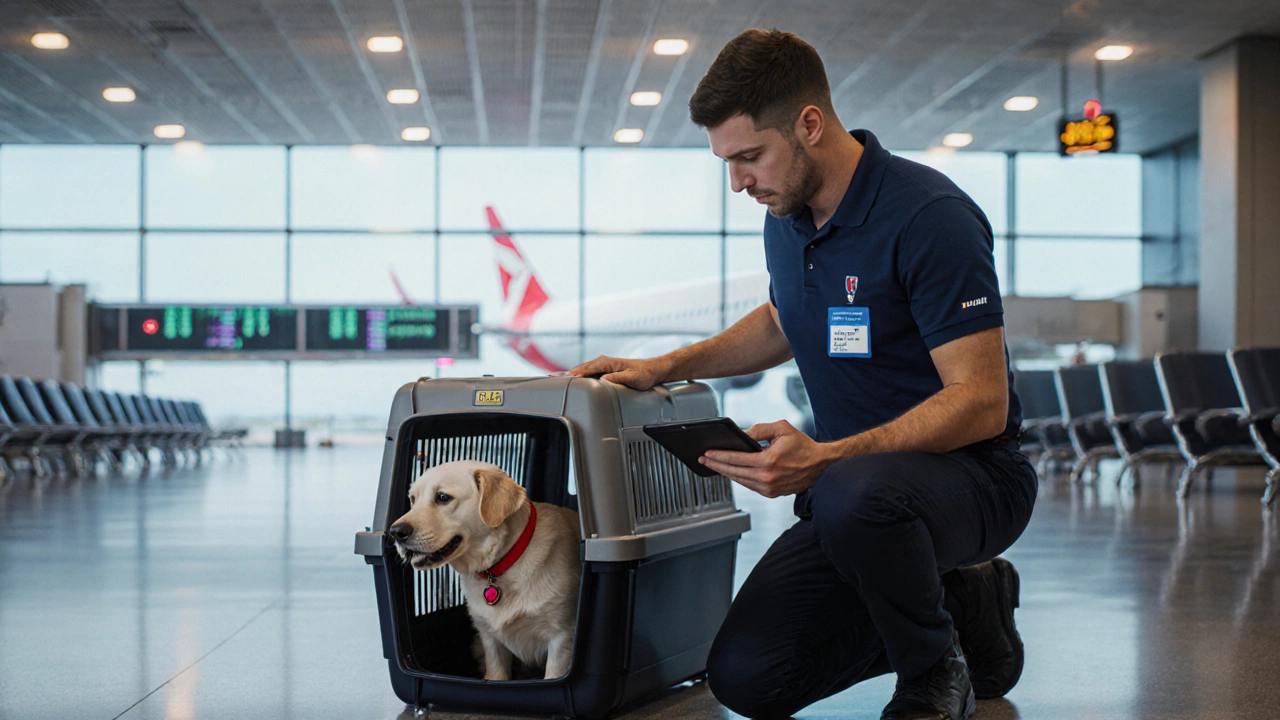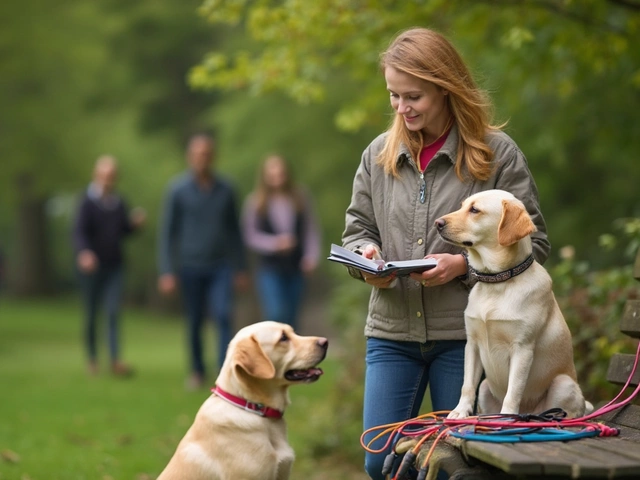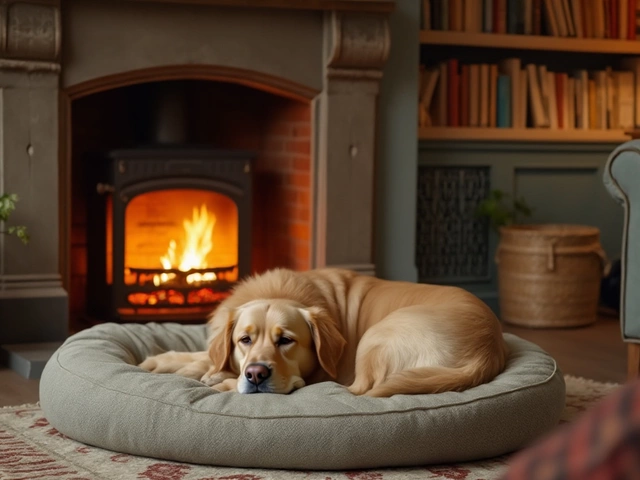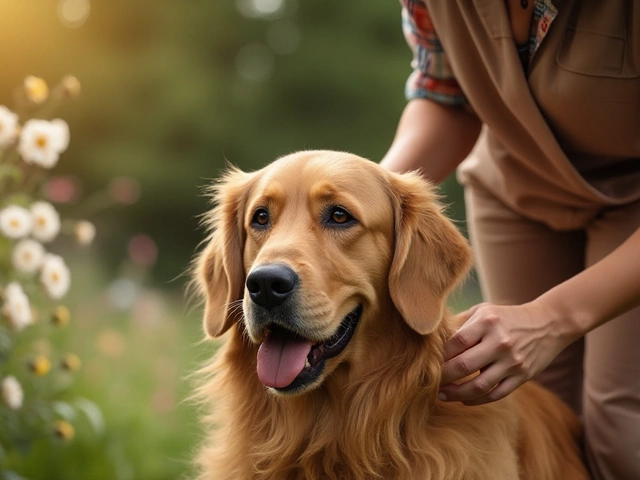Pet Transport Cost Estimator
Calculate Your Pet Transport Costs
Key Takeaways
- You can legally pay a professional to travel with your pet on a commercial flight, but strict rules apply.
- Two main models exist: a licensed pet transport service where a courier flies with the animal, or arranging a seat for a companion on the same flight.
- Costs vary from £300 for short domestic hops to over £2,000 for inter‑continental moves, depending on species, size, and service level.
- Essential paperwork includes a pet passport, a recent veterinary health certificate, and compliance with IATA pet regulations.
- Choosing a reputable provider, checking insurance coverage, and confirming airline policies are the best ways to avoid last‑minute surprises.
Understanding Your Options
When you ask, "Can I pay someone to fly with my pet?", the short answer is yes - but the devil is in the details. In the UK and most of Europe, three pathways let you get a professional alongside your animal:
- Hire a pet courier who is trained to travel in the cabin or cargo hold with the pet.
- Book a seat for a friend or family member on the same flight and let them sit next to your pet in the cabin (if the airline permits).
- Use a full‑service pet relocation company that coordinates the entire journey, including a dedicated handler on board.
Each option has its own cost structure, documentation requirements, and risk profile. Below we break down the regulatory backdrop that governs all of them.
Legal & Regulatory Landscape
Flying with animals isn’t a free‑for‑all. Two bodies set the rules you must follow:
- IATA (International Air Transport Association) publishes the Live Animal Regulations (LAR) that every airline must enforce. They dictate carrier size, crate construction, and where pets may travel (cabin vs cargo).
- The UK Department for Transport requires a valid pet passport for EU travel and a recent veterinary health certificate for non‑EU destinations.
If you hire a pet courier, they must hold a valid IATA‑approved pet carrier and be listed on the airline’s approved handler list. Not all airlines allow a third‑party to sit in the cabin with a pet; many only permit the owner or a designated employee.
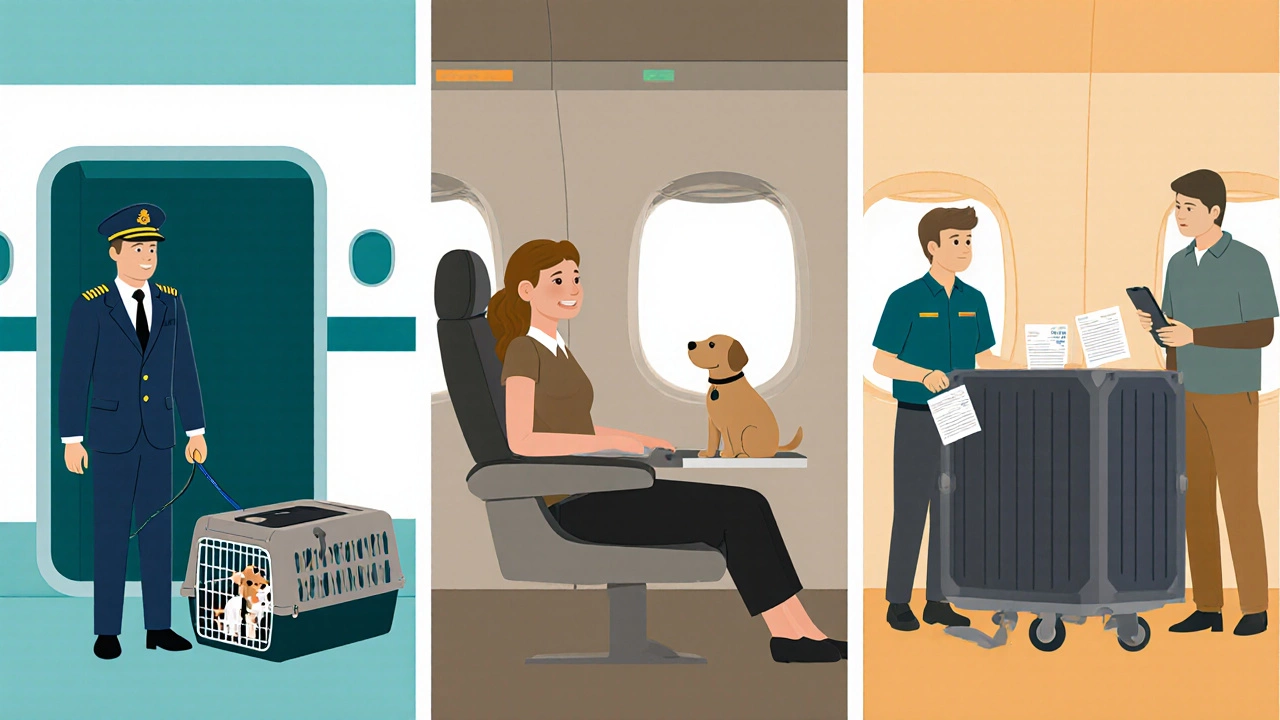
How to Hire a Pet Flight Companion
Finding the right person or service is a mix of research and paperwork. Follow these steps:
- Identify airlines that support pet couriers. British Airways, KLM, and Lufthansa have clear policies and often publish a list of approved handlers.
- Search for a certified pet transport service. Look for credentials such as IATA Live Animal Handling certification and membership in the International Pet and Animal Transportation Association (IPATA).
- Request a detailed quote that breaks down flight fees, handler salary, insurance, and any ancillary costs (e.g., hub‑transfer fees).
- Provide the handler with copies of your pet’s passport, recent health certificate (issued within 10 days of travel), and a signed liability waiver.
- Confirm the handler will travel on the same flight, sit in the cabin (if allowed), or remain with the crate in the cargo hold for the entire journey.
- Arrange pet travel insurance that covers injury, loss, or death during transport.
Most reputable services will also do a pre‑flight health check and acclimatise your pet to the carrier a few days before departure.
Cost Breakdown - What to Expect
Below is a typical cost matrix for a 7kg dog traveling from Bristol to NewYork. Prices are in GBP and can fluctuate based on season.
| Component | Pet Courier | Owner Accompanied | Full Relocation |
|---|---|---|---|
| Airline pet fee (cabin) | £150 | £150 | £150 |
| Handler salary & travel | £400 | £0 (owner) | £600 |
| Pet carrier (IATA‑approved) | £120 (rental) | £120 (buy) | £120 (included) |
| Travel insurance | £80 | £80 | £80 |
| Documentation processing | £30 | £30 | £30 |
| Total Approx. | £780 | £380 | £980 |
Notice the biggest jump comes from the handler’s travel costs. If you already have a friend willing to join, the owner‑accompanied route can be the cheapest, but you lose the professional’s expertise handling stressful animals.
Choosing the Right Service for Your Situation
Use the following decision matrix to match your priorities with the appropriate model:
- Budget‑tight: Fly with a trusted friend or family member. Make sure the airline allows additional passengers with pets and that you have a suitable carrier.
- High‑stress or exotic pets (cats, birds, reptiles): Hire a certified pet courier. They know how to keep temperature‑controlled environments and can liaise with ground staff.
- Long‑haul or multi‑stop journeys: Opt for a full relocation service. They handle customs, quarantine paperwork, and can provide door‑to‑door pickup.
Regardless of the path, always verify that the provider carries a certificate of liability insurance covering at least £1million. Ask for references and read reviews on pet‑focused forums such as DogForum.co.uk or the IPATA member directory.
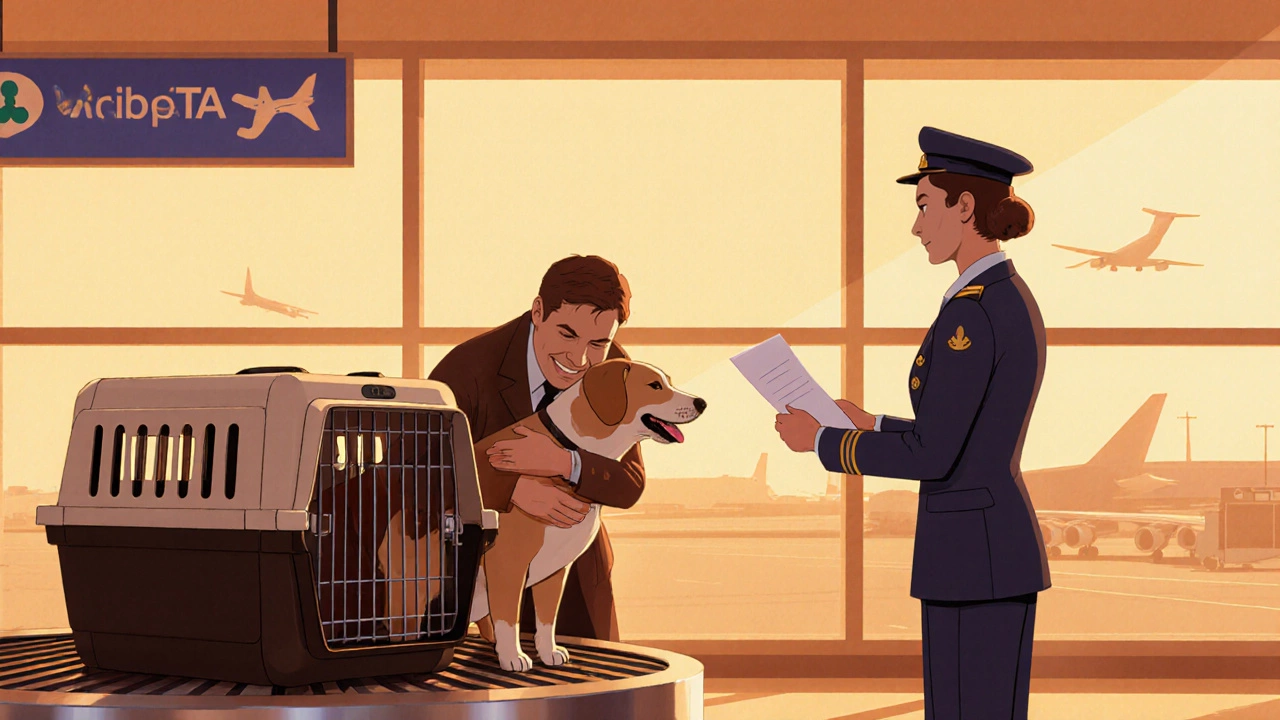
Common Pitfalls & How to Avoid Them
Even seasoned travelers hit snags. Here are the top three and quick fixes:
- Airline policy changes at the last minute. Call the airline 48hours before departure to reconfirm pet eligibility and handler permissions.
- Carrier size mis‑match. Measure your pet’s height, length, and weight, then compare against the airline’s cabin dimensions (often 45×28×21cm for small dogs).
- Missing or expired documentation. Keep digital copies of the pet passport, health certificate, and any vaccination records. Some countries require a rabies titer test taken 30days before travel.
Having a checklist in hand dramatically reduces stress on the day of travel.
Next‑Step Checklist
- Confirm the destination’s pet import rules (check the government’s animal travel page).
- Book the flight and secure a confirmed pet slot.
- Choose your transport model (courier, owner‑accompanied, full service).
- Obtain a fresh veterinary health certificate (within 10 days).
- Purchase pet travel insurance that covers the full journey.
- Prepare an IATA‑approved carrier and label it with name, address, and “Live Animal”.
- Provide all paperwork to the handler or airline at check‑in.
- Arrive at the airport early (minimum two hours before departure).
Follow these steps, and you’ll minimize surprises while ensuring your furry friend arrives safely.
Frequently Asked Questions
Can I pay a stranger to sit next to my pet in the cabin?
Most airlines only allow the pet’s owner or an employee to occupy the seat next to the animal. Some carriers, like Lufthansa, permit certified pet couriers to travel in the cabin, but you must pre‑approve the handler with the airline and provide proof of their IATA certification.
What documentation is required for a dog traveling from the UK to the USA?
You’ll need a valid UK pet passport, a USDA‑approved health certificate issued within 10 days of travel, proof of rabies vaccination, and, if the dog is a breed considered dangerous, an additional import permit from the US Department of Agriculture.
Is pet travel insurance worth the extra cost?
Yes. Policies typically cover veterinary expenses, loss, or death of the animal, and even liability if the pet causes damage on board. For international trips, the coverage can be up to £5,000, which provides peace of mind.
How far in advance should I book a pet courier?
At least four weeks before the flight. This gives the courier time to secure the necessary IATA certification, arrange travel logistics, and coordinate with the airline’s ground staff.
Can cats travel in the cabin with a hired handler?
Only with airlines that allow cats in the cabin and only if the handler is listed as an approved companion. KLM and Air France allow this on a case‑by‑case basis, provided the carrier meets size limits and the handler holds the necessary documentation.

